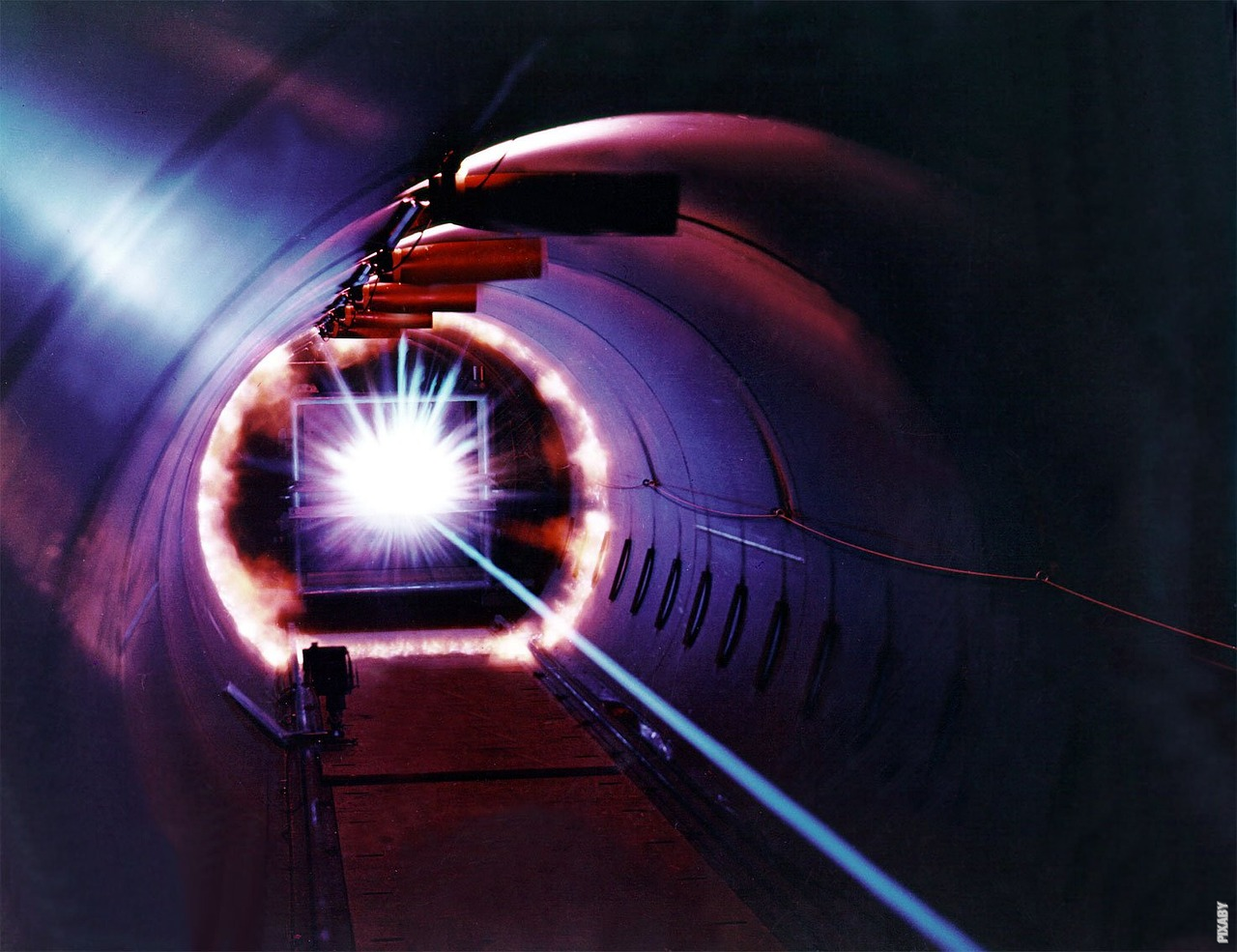The Birth of Laser Technology
Imagine a world without lasers, where cutting-edge technology and scientific breakthroughs were limited by the absence of a powerful tool. Laser technology has revolutionized various fields, from medicine to telecommunications, and even our understanding of the universe. But how does it work? Let’s delve into the intricate world of lasers.
The Science Behind Lasers
At its core, laser stands for Light Amplification by Stimulated Emission of Radiation. The concept of stimulated emission was first proposed by Albert Einstein in 1917, but it wasn’t until the 1960s that the first operational laser was developed.
Understanding Laser’s Components
A laser consists of three main components: a gain medium, an energy source, and an optical resonator. The gain medium is a material that amplifies light, such as a crystal or a gas. The energy source, which could be an electric current or another light source, pumps energy into the gain medium, exciting its atoms.
The Laser’s Journey
As the atoms in the gain medium become excited, they reach a higher energy level. When these atoms are stimulated by the energy source, they release photons, the fundamental particles of light, through a process called spontaneous emission. However, this is just the beginning of the laser’s journey.
Creating an Optical Resonator
To transform the photons into a powerful laser beam, the stimulated emission process is crucial. The optical resonator, which consists of two mirrors, helps guide and amplify the photons. One mirror is partially reflective, allowing some light to escape, while the other mirror is fully reflective, bouncing the photons back into the gain medium.
Post
Post
The Birth of Coherent Light
As photons are reflected back and forth between the mirrors, they stimulate other excited atoms to emit more photons. This chain reaction creates a cascade of photons that are all of the same wavelength, phase, and direction. The result is a concentrated, coherent beam of light – a laser beam.
Applications of Laser Technology
Laser technology has transformed countless industries. In medicine, lasers are used for precise surgeries, eye treatments, and even tattoo removal. In communications, lasers enable high-speed data transmission through fiber-optic cables. Lasers have also played a crucial role in scientific research, allowing astronomers to measure distances in space and study the properties of various materials at the atomic level.
The Future of Laser Technology
As technology advances, so does laser technology. Scientists are constantly exploring new ways to harness the power of lasers, from developing more efficient and compact lasers to pushing the boundaries of laser-based manufacturing. The future holds exciting possibilities, including laser-powered propulsion systems for space exploration and even the potential for laser weapons in defense.
In the grand tapestry of scientific achievements, laser technology shines brightly as one of humanity’s greatest inventions. With its remarkable applications and ever-expanding possibilities, lasers continue to shape the world we live in, pushing boundaries and opening doors we once thought impossible.



